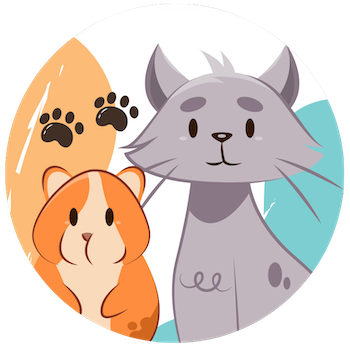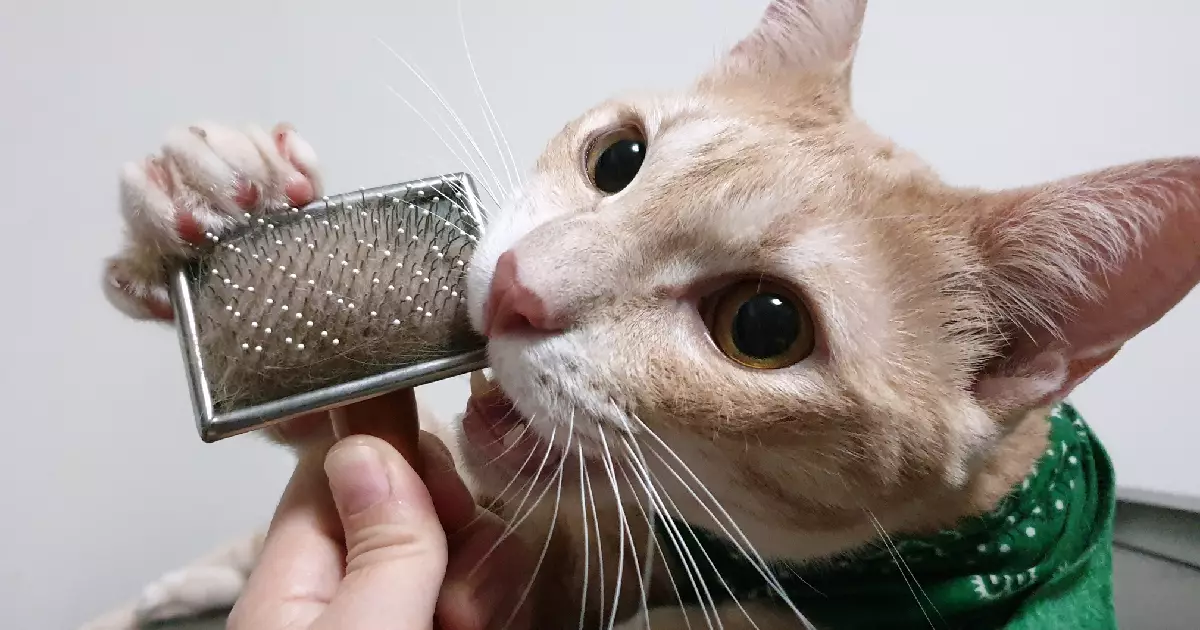Cats are known for their impeccable cleanliness, spending an impressive chunk of time grooming their fur. This obsessive behavior is not as superficial as it may appear; it serves multiple purposes beyond mere aesthetics. For house cats, grooming is primarily about self-preservation—removing dirt and parasites while ensuring their scent remains undetectable to potential predators. However, this instinctual ritual comes with one peculiar consequence: hair consumption. While many pet owners may find it puzzling that their beloved felines occasionally munch on their own fur or the tufts left behind on furniture, there are deeper psychological and biological motivations at play.
Grooming produces loose fur, which inevitably ends up on the floor, often leading curious cats to consume these stray strands as if they were a gourmet snack. It might seem odd, but for cats, this behavior can be an extension of their natural instincts—themes of cleanliness, safety, and even playfulness intermingled in an idiosyncratic display of feline behavior.
Understanding the Motivation Behind Fur Consumption
When a cat snatches a handful of fur from the floor, the act might be dictated by different factors. Sometimes, it stems from boredom or curiosity. Cats, being fierce hunters and intrinsically stimulated by their environments, may find themselves engaging in unusual habits to break the monotony of indoor life. If a cat is left to wander without stimulation, it might begin to engage in strange behaviors that can be mildly alarming to their human counterparts.
However, the fur-snatching phenomenon might also indicate nutritional deficiencies or digestive issues. When cats do not receive a balanced diet, they might engage in a condition known as pica—an insatiable craving for non-food items, including grit, paper, or, indeed, hair. This indicates an underlying issue that warrants investigation and potentially a visit to the veterinarian. Owners should be particularly vigilant for behavioral changes or excessive ingestion of unusual items, as these can be signs your feline friend needs help.
The Impact of Stress on Feline Behavior
Another avenue to explore when discussing a cat’s hair consumption is the impact of stress and anxiety. Cats are creatures of routine, and any upheaval can result in behaviors that range from mild oddities to concerning compulsive actions. For instance, a recent move, the introduction of a new pet, or even changes in daily interactions can render cats anxious. In a quest to self-soothe, some cats may resort to excessive grooming or chewing, including the consumption of fur, as a means of managing their anxiety.
Pet owners should take note if they see their cats engaging in excess fur consumption alongside other abnormal behaviors such as hiding, excessive vocalization, or changes in eating and litterbox habits. These signs may signal that it’s time to consult with a veterinarian for potential behavioral guidance or health assessments.
Is Fur Consumption Harmless or Harmful?
Most of the time, a cat snacking on its own fur does not pose an immediate threat. It’s a curious quirk that can bring a chuckle or raise an eyebrow among pet parents. However, there are situations where this behavior might signal something amiss. If a cat seems to be obsessively consuming large quantities of fur or unusual items, it is crucial to take these signals seriously. Furball formations can lead to gastrointestinal upset, creating more significant health problems down the line.
Therefore, while the occasional fur treat might not require panic-mode from feline owners, staying observant is vital. If the hair consumption becomes a more prominent part of their behavioral repertoire, that’s the perfect opportunity to reach out to a vet for insight.
Catering to Your Cat’s Needs
In light of the debates surrounding fur consumption, the overarching theme for pet owners should be to ensure their cats are engaged both mentally and physically. Enhancing their home environment with toys, interactive games, and dedicated playtime can channel their natural behaviors into positive outlets instead of strange habits. Providing a balanced diet that fulfills all their nutritional requirements is just as essential for reducing the chance of unusual eating behaviors.
While the sight of your feline friend indulging in a snack of their own fur can be bewildering, it is ultimately a reflection of their complex instincts. Offering the right environment and care can alleviate the need for such peculiarities and nurture the majestic splendor of your beloved cat. After all, understanding our furry companions enriches our lives and deepens our bond with them. So, keep those playthings handy and fulfill their needs—you’ll soon find that a happy cat is a content cat, and healthier behaviors follow.

